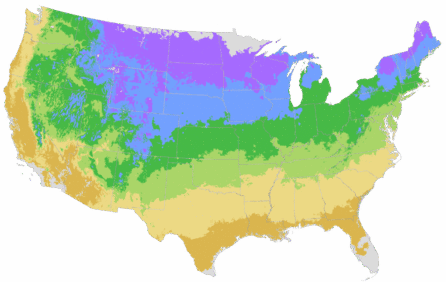You're growing in this Zip Code: 43201
Change LocationDiscover Plants for Your Area
Evolution™ Fiesta Coneflower
Echinacea hybrid 'Balevoesta' PP #31,029
Retailers Near You
No Retailers found within 100 miles of your zipcode
| Bloom Time | Late spring through fall |
|---|---|
| Deciduous/Evergreen | Herbaceous |
| Special Features | Easy Care, Waterwise, Fast Growing, Compact Form, Benefits Birds |
| Problems/Solutions | Deer Resistant, Drought Tolerant |
| Growth Rate | Fast |
| Flower Attributes | Flowers for Cutting, Fragrant, Long Bloom Season, Showy Flowers |
| Patent Act | Asexual reproduction of plants protected by the Plant Patent Act is prohibited during the life of the patent. |
| Landscape Use | Border, Container |
| Design Ideas | The quintessential component of the American meadow and prairie garden. Blend with grasses or nestle into streambed banks at boulders for a wild garden composition. A valuable late season bloomer for the traditional perennial border. A superior pick-me-up for tired foundation planting. Equally well-suited to casual country gardens along picket fences or in mixed borders. The dried seed heads also provide architectural interest in the winter. |
| Flower Color | Pink |
| Foliage Color | Green |
| Companion Plants | Russian Sage (Perovskia); Black-Eyed Susan (Rudbeckia); Salvia (Salvia); Catmint (Nepeta); Shasta Daisy (Chrysanthemum); Sedum (Sedum) |
| Care Instructions | Requires well-drained, fertile soil. Water deeply, regularly during the first growing season to establish an extensive root system. Once established, prefers regular water but tolerates periodic drought. Remove spent blooms to prolong flowering season. Prune back old foliage and apply fertilizer in early spring before new growth emerges. |
| Lore | Echinacea purpurea, the parent of all contemporary hybrids is a native of the American prairie. Echinacea root was discovered by Native Americans within its range for healing properties. In recent years science has confirmed that the root contains chemicals that stimulate the immune system. Coneflowers are part of the American prairie plant communities and are a well documented bird habitat plant.The genus name Echinacea is derived from the Greek word (echino), meaning "spiny", due to the spiny central disk. |
| Bloom Time | Late spring through fall |
|---|---|
| Deciduous/Evergreen | Herbaceous |
| Special Features | Easy Care, Waterwise, Fast Growing, Compact Form, Benefits Birds |
| Problems/Solutions | Deer Resistant, Drought Tolerant |
| Growth Rate | Fast |
| Flower Attributes | Flowers for Cutting, Fragrant, Long Bloom Season, Showy Flowers |
| Patent Act | Asexual reproduction of plants protected by the Plant Patent Act is prohibited during the life of the patent. |
Retailers Near You
No Retailers found within 100 miles of your zipcode
Retailers Near You
No Retailers found within 100 miles of your zipcode
Buy Online
We cannot currently ship this product to your zip code.
About Us
We have been pioneers and craftsmen in the art of growing plants for nearly
100 years. Since our founding in Southern California by Harry E. Rosedale, Sr.
in 1926, we have been absolutely dedicated and obsessed with quality.
We have been pioneers and craftsmen in the art of growing plants for nearly 100 years. Since our founding in Southern California by Harry E. Rosedale, Sr. in 1926, we have been absolutely dedicated and obsessed with quality.











